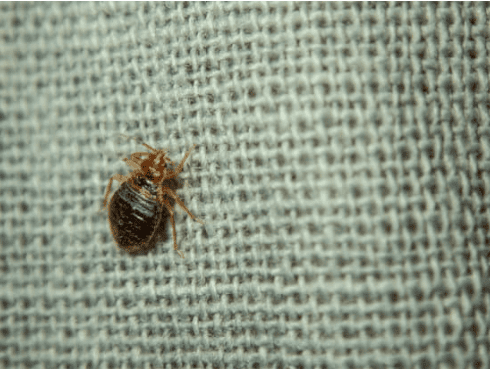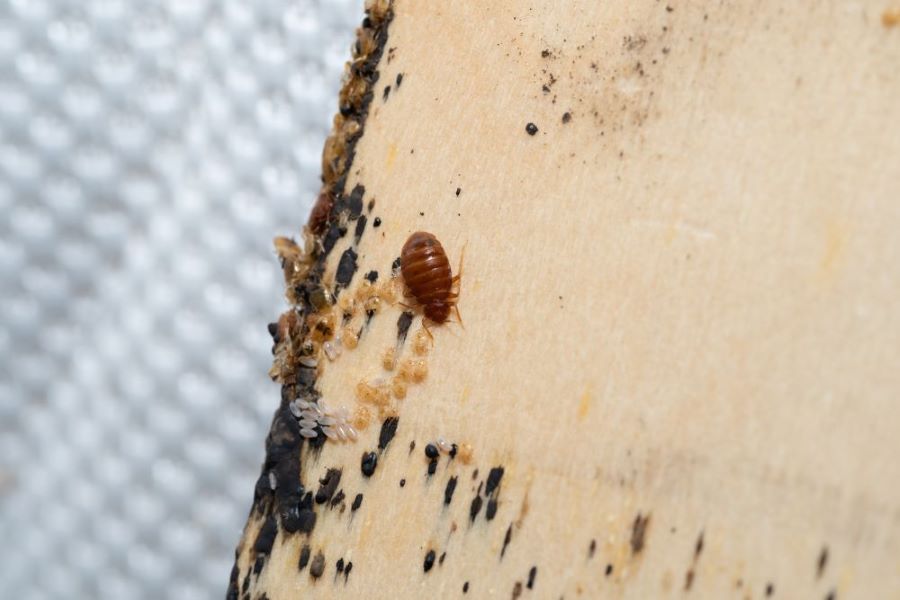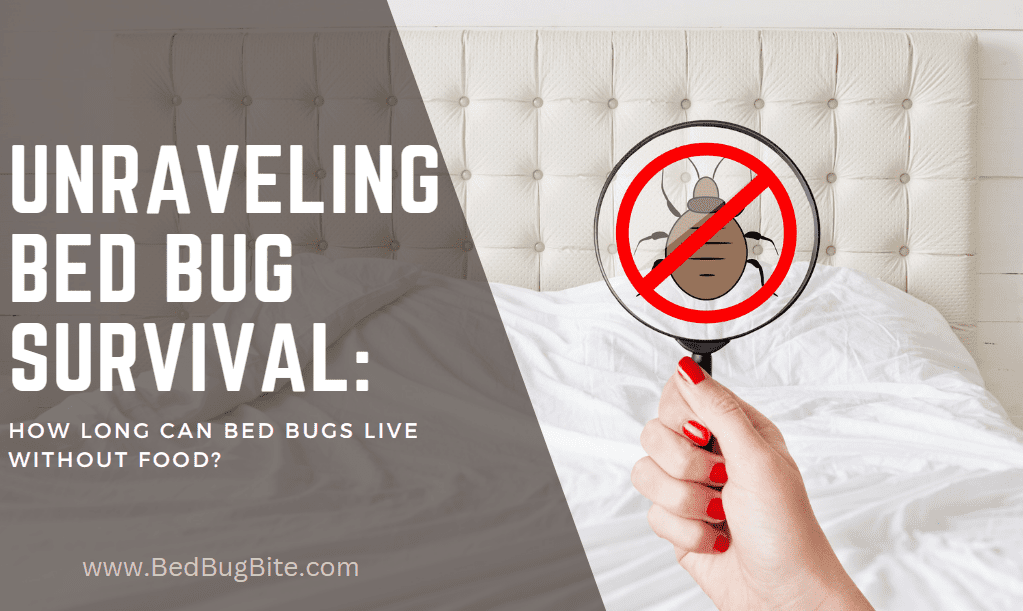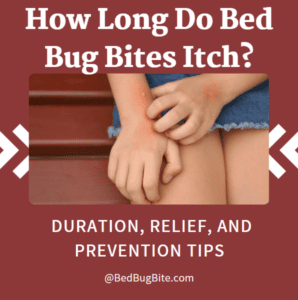Introduction
Welcome to our comprehensive guide on bed bugs. Small, elusive creatures that have baffled scientists and frustrated homeowners alike with their tenacity and survival skills. One question that continually surfaces is, how long can bed bugs live without food? Before we unravel the mystery behind their remarkable resilience, it’s important to grasp some key information about these little pests.
Bed bugs, scientifically known as Cimex lectularius, are nocturnal insects known for their parasitic lifestyle. They have coexisted with humans for centuries, surviving by feeding on our blood and taking shelter in the cozy crevices of our homes, from mattresses to furniture seams. Despite their minuscule size, these insects have triggered massive infestations worldwide, resulting in sleepless nights and immense discomfort for many.
In this guide, we’ll dig deeper into the fascinating yet daunting world of bed bugs. We’ll help you understand their biology, debunk common myths surrounding their survival, and provide practical insights for effective pest control. Moreover, we’ll answer the big question – just how long can bed bugs survive when starved of their preferred food source? So, let’s set the stage for an engaging exploration of the world of bed bugs. Stay with us as we lift the veil on these tiny terrors and their astounding survival capabilities.
The understanding of bed bug biology and survival is not just crucial for scientists but also for everyday individuals like us. It equips us with the knowledge to tackle infestations effectively and maintain a comfortable, bug-free living environment. So, buckle up and prepare for a deep dive into the world of bed bugs – their life, diet, and most intriguingly, their survival.

Bed Bug Biology: Basics and Beyond
Getting familiar with the biology of bed bugs is our next crucial step in understanding their impressive survival tactics. Bed bugs, with their flat, oval bodies and reddish-brown color, may not seem impressive at first glance, but they are one of the most resilient creatures on the planet.
General Characteristics of Bed Bugs
Adult bed bugs are usually 4-5mm long – roughly the size of an apple seed. They have a distinct, sweet, musty odor and can crawl rapidly when disturbed. Though flightless, their ability to move quickly and hide in obscure places contributes to their notoriety.
These insects are primarily nocturnal, feeding on their hosts unnoticed. Their mouthparts are specially adapted to pierce the skin and suck blood. Interestingly, they inject an anesthetic while feeding, which makes their bites painless initially. The aftermath, however, can result in itchy welts and considerable discomfort.
Life Cycle of Bed Bugs
The life cycle of a bed bug is as fascinating as it is intricate. It starts from an egg, scarcely bigger than a speck of dust, laid by the female after a blood meal. This tiny egg then hatches into a nymph, which resembles an adult but is smaller and lighter in color.

Nymphs require at least one blood meal to molt and progress through five stages before reaching adulthood. The entire process, from egg to adult, takes about 5-8 weeks, given favorable conditions. But here’s the catch – what happens when these conditions aren’t met? What happens when they can’t access their blood meal? This brings us to our next critical section – bed bugs’ survival without food.
Bed Bug Diet: How long can they live without food?
Moving ahead in our journey, it’s time to explore the dietary preferences of these tenacious pests. Understanding what bed bugs eat and how often they need to feed plays a pivotal role in devising effective extermination strategies.
What Do Bed Bugs Eat?
Bed bugs are hematophagous, meaning they feed on blood. Though they have been observed to feed on animals, their preferred hosts are humans. This preference can be attributed to multiple factors such as the thickness of our skin, the fact that we aren’t furry, and our indoor living habits, making us easily accessible targets.
Their feeding process, which usually takes place at night, involves piercing the skin of the host and injecting a cocktail of salivary fluid that prevents blood clotting. This allows them to engorge themselves with blood for about 5-10 minutes before retreating to their hiding spots.
How Often Do They Need to Feed?
Under optimal conditions, bed bugs feed once every five to ten days. However, they can endure long periods without a meal. Younger nymphs, on the other hand, require more frequent feeding for growth and development.
But what makes bed bugs a subject of great intrigue is their ability to withstand starvation. The exact duration can vary greatly based on several factors, which we’ll explore in the next section.
Whether you’re dealing with an infestation or just want to be prepared, knowing these facts about bed bugs’ feeding habits and how long bed bugs can go without food can be instrumental. Stay with us as we delve into the survival capabilities of these resilient creatures and the factors that contribute to their endurance.
Survival Without Food: Unraveling Bed Bug Resilience
We’ve come to the most intriguing part of our guide – understanding the bed bugs’ extraordinary ability to survive without food. Just how long can these pests go without a blood meal? Let’s find out.
Bed Bugs’ Remarkable Ability to Live Without Food
Bed bugs are renowned for their ability to endure extended periods without feeding. It’s a trait that bolsters their infestation prowess and makes them such formidable pests. Reports suggest that adult bed bugs can survive up to a staggering 400 days without a meal under optimal conditions! This impressive longevity can be attributed to their slow metabolism and the ability to enter a semi-dormant state known as ‘diapause’ in extreme conditions.
Factors Influencing Bed Bug Starvation Survival
Several factors influence the survival duration of a starving bed bug. Temperature plays a crucial role – bed bugs can survive longer at lower temperatures as it slows down their metabolism. Age is another determinant, with adults generally surviving longer periods of starvation compared to nymphs. The bed bug’s overall health and the time since its last meal also contribute to its survival capability.
Nymphs Vs Adult Bed Bugs: A Survival Comparison
The survival odds differ significantly between nymphs and adult bed bugs during starvation. As mentioned earlier, nymphs require more frequent meals for growth and molting. Thus, their survival span without food is considerably shorter than adults. Adult bed bugs, with their slower metabolism and larger energy reserves, can withstand longer periods of starvation.
Understanding these survival dynamics of bed bugs can provide valuable insights for effective pest control strategies. In the sections ahead, we’ll discuss how environmental factors affect bed bug survival and the practical implications of this knowledge.
Environmental Factors Affecting Bed Bug Survival
Beyond their feeding habits, bed bug survival is heavily influenced by their environment. Let’s delve into how temperature and humidity can affect their life cycle and, more specifically, their ability to survive without food.
Influence of Temperature and Humidity on Bed Bug Life Cycle

Temperature and humidity are significant determinants of a bed bug’s lifespan and reproduction cycle. Generally, bed bugs thrive best in temperatures between 70°F and 80°F with a relative humidity of about 70%. These conditions accelerate their development, feeding, and breeding.
However, extreme temperatures can be lethal to bed bugs. Temperatures above 113°F or below 0°F can kill bed bugs in a matter of hours, making heat and freezing treatments viable extermination methods. Moreover, low humidity levels can dehydrate bed bugs and shorten their lifespan.
Impact of Environmental Factors on Bed Bug Starvation Survival
Interestingly, these environmental factors also impact a bed bug’s ability to endure starvation. As mentioned earlier, lower temperatures slow down a bed bug’s metabolism, enabling it to survive longer without feeding. Similarly, higher humidity levels can prevent dehydration during starvation, indirectly enhancing their survival.
By factoring in these environmental influences, we can potentially manipulate conditions to our advantage in combating bed bug infestations. Next, we’ll discuss practical implications of this knowledge in pest control and debunk some common myths about bed bug survival.
Practical Implications for Pest Control
The knowledge of bed bugs’ biology, feeding habits, and survival abilities is not only intriguing but can be practically applied to control their infestations effectively. Let’s explore how.
Leveraging Bed Bug Survival Knowledge in Pest Control Strategies
Understanding that bed bugs can live up to a year without feeding demonstrates the importance of thorough and consistent treatment strategies. Simply vacating a premise with the hope of starving them out is not a practical solution.
Conversely, knowing that bed bugs can’t survive extreme temperatures can be utilized to our advantage. High heat and freezing treatments have proven successful in exterminating bed bugs and are commonly employed by pest control professionals.
Also, since bed bugs prefer feeding on humans, lure and trap strategies using human scent or CO2 can be highly effective. These strategies focus on drawing bed bugs out of their hiding spots, making extermination more thorough.
Effective Methods to Exterminate Bed Bugs
Several methods can effectively control bed bug infestations, given their biological traits and survival capabilities. These include heat treatment, freezing, pesticide application, and desiccant dusts. Integrated pest management, combining several strategies, has proven to be the most effective in controlling bed bug infestations.
Source: How to Get Rid of Bedbugs: A Step-by-Step Guide (healthline.com)
Summary: Bed Bug Survival Without Food
We’ve explored the fascinating world of bed bugs in this comprehensive guide, focusing primarily on their incredible ability to survive without food. Let’s quickly recap what we’ve learned.
Revisiting the Key Points
Bed bugs, tiny yet resilient creatures, are notorious pests due to their hematophagous nature and rapid infestation capabilities. Their life cycle is intricate, starting from an egg and progressing through five nymphal stages to reach adulthood. Their primary diet is human blood, with adults able to survive up to a year without a meal under optimal conditions.
Temperature, humidity, and the bug’s overall health influence this survival duration. By understanding these dynamics and effectively leveraging this knowledge, we can develop comprehensive pest control strategies, using techniques such as heat or freezing treatments, lure and trap strategies, and integrated pest management.
Final Thoughts
Although the thought of a creature that can live over a year without food is unnerving, understanding bed bugs’ biology, diet, and survival capabilities gives us the tools to manage and eliminate infestations. Remember, thorough and consistent treatment is essential, and seeking professional help is often the best course of action. Thank you for joining us on this insightful journey into the world of bed bugs. We hope this guide has equipped you with the knowledge to deal effectively with these resilient pests.




